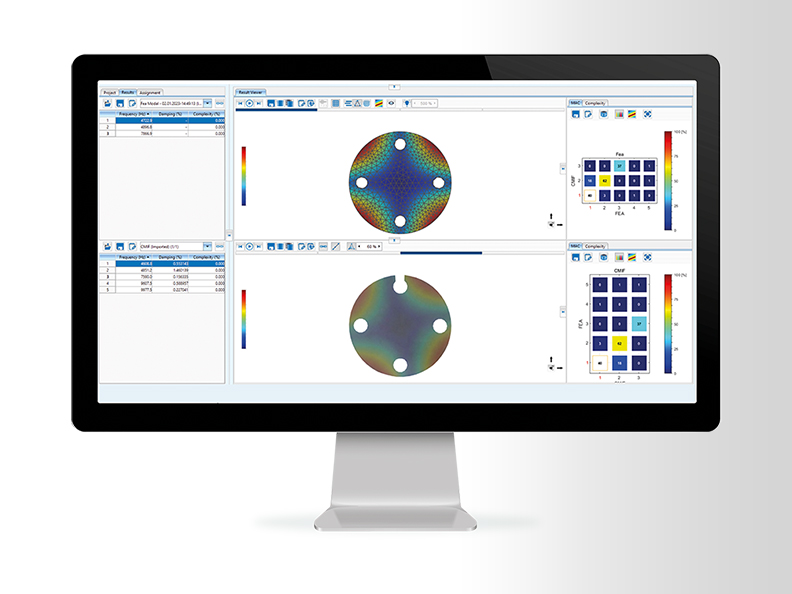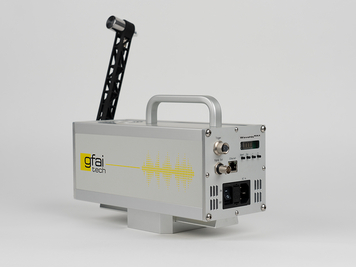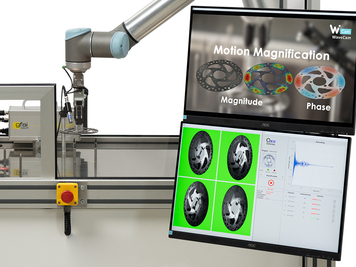Finite element analysis (FEA) is a powerful method for the numerical prediction of the dynamic vibration behaviour of structures of all kinds. Based on the structure geometry, the material properties and the given boundary conditions, the modal parameters (natural frequency, mode shape and damping) of the structure can be calculated. This method is therefore an important tool in component and structure development (e. g. digital prototyping), which is reflected above all in shorter product development times. To validate and verify these models, measurements are required to adapt the models to reality.
WaveSim is a powerful comparison tool that validates your Finite Element Analysis (FEA) simulations by utilising real-time data from WaveCam, our advanced video-based vibration analysis software. This innovative approach improves the accuracy, robustness and reliability of your FEA simulations, ensuring that your designs reflect real-world conditions and optimising your products for real-world applications. Through advanced simulation comparisons, WaveSim helps you achieve greater accuracy and efficiency in your design and development processes.









